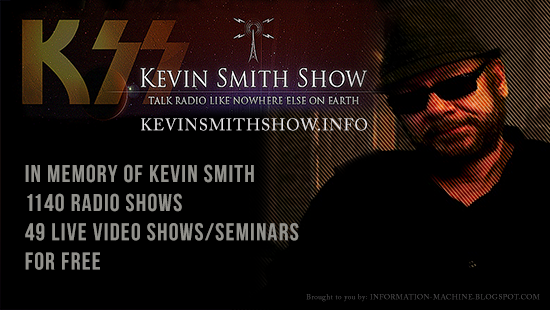Source: coasttocoastam.com, espresearch.com
April 4, 2012–Writer and physicist Russell Targ discussed his involvement in creating the Remote Viewing program at the Stanford Research Institute (SRI) during the Cold War, as well as various remote viewing applications and experiments. After two decades of research at SRI, they demonstrated that ordinary people visiting their laboratory could learn to accurately describe and experience what was going on at distant places, and that in fact, with practice most people can learn to "remote view."
After learning the skill from psychic Ingo Swann, he and Hal Puthoff trained a team of Army Intelligence officers in the 1970s, and under a classified program, they were given directives by the CIA to find and gather information on operational targets, particularly about the Soviets. They also looked at the Chinese, atomic bomb tests, and the American hostages in Iran. Interestingly, during this time the Russians were interested in remote behavior modification, such as getting an American leader to misspeak, but it was unknown how successful they were in that regard, he reported. While providing their findings to the government who was funding the program, Targ was also able to publish his research about the validity of ESP in peer journals, though at the time they had to keep the military involvement a secret.
A remote viewing experiment was conducted by Targ on the air. He placed an object behind him on a chair, and asked listeners to sketch what they saw in their mind on paper, without being analytical or naming it at first. It turned out to be a globe of the world placed on a tall, conical wooden pedestal, and several people emailed somewhat accurate descriptions of it before Russell announced what it was.
Return top


































